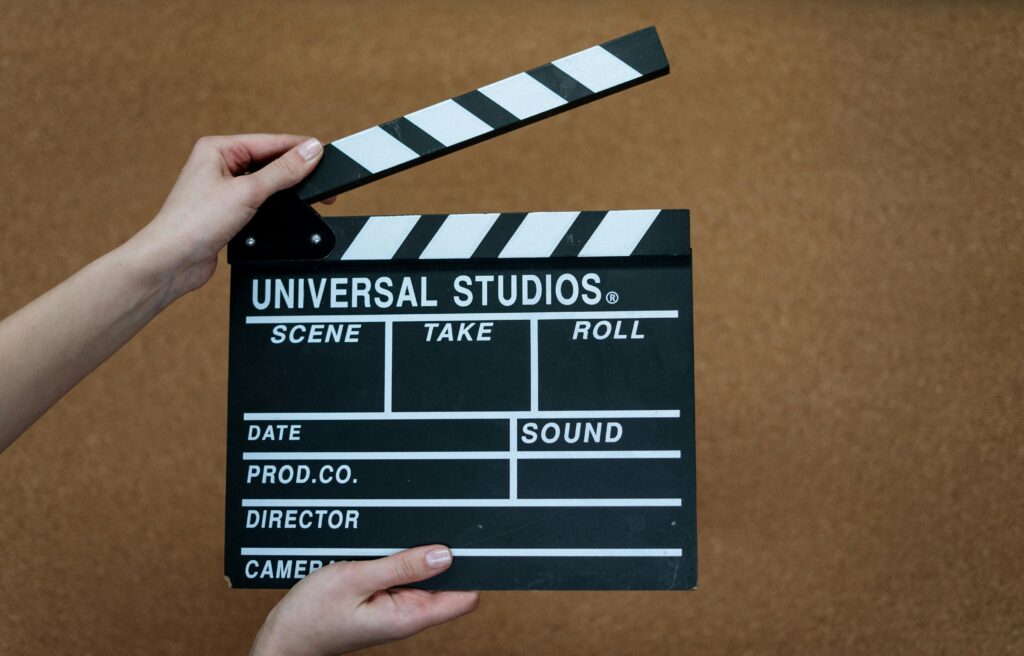Analyzing characters in film scripts is a fundamental aspect of script analysis that breathes life into narratives, guiding actors, directors, and the entire production team toward a cohesive and compelling story. This comprehensive guide delves into essential techniques for character analysis, offering insights to enhance your filmmaking process.
Understanding the Importance of Character Analysis
Character analysis serves as the backbone of storytelling, providing depth and authenticity to the narrative. It enables filmmakers to:
- Comprehend Character Motivations: Understanding what drives each character ensures their actions and decisions are believable and consistent.
- Enhance Narrative Structure: Well-developed characters contribute to a robust plot, influencing the story’s progression and emotional impact.
- Guide Performance: Detailed character insights assist actors in delivering nuanced and authentic portrayals.
- Inform Casting Decisions: Clear character profiles aid in selecting actors who embody the envisioned traits and qualities.
- Influence Production Design: Character backgrounds and personalities inform costume choices, set designs, and props, enriching the visual storytelling.
Techniques for Effective Character Analysis
1. Thorough Script Reading
Begin by reading the script multiple times to grasp the overall story, themes, and character arcs. This foundational understanding is crucial for in-depth analysis.
2. Identifying Character Roles
Determine each character’s role within the narrative:
- Protagonist: The central character driving the story.
- Antagonist: The character opposing the protagonist’s goals.
- Supporting Characters: Individuals who influence the main characters and contribute to subplots.
3. Analyzing Character Objectives and Motivations
Delve into what each character wants (objectives) and why they want it (motivations). This analysis reveals the driving forces behind their actions and decisions.
4. Examining Relationships and Dynamics
Explore how characters interact with one another, noting:
- Power Dynamics: Who holds authority or influence in relationships?
- Emotional Connections: Friendships, romances, rivalries, and familial ties.
- Conflict and Alliances: Sources of tension or cooperation that propel the narrative.
5. Decoding Subtext and Emotional Layers
Pay attention to what is unsaid. Subtext—the underlying meaning beneath dialogue—adds depth to characters and scenes. Analyze tone, body language, and context to uncover these layers.
6. Constructing Detailed Backstories
Develop comprehensive histories for characters, including:
- Personal History: Past experiences shaping their worldview.
- Personality Traits: Core attributes influencing behavior.
- Emotional Baggage: Past traumas or joys affecting current actions.
7. Evaluating Dialogue and Speech Patterns
Analyze how characters speak to reveal their background, education, and personality. Consider:
- Vocabulary: Word choices indicating social status or profession.
- Syntax and Grammar: Sentence structures reflecting cultural or regional influences.
- Idioms and Colloquialisms: Expressions providing insight into character origins.
Applying Character Analysis to Production Elements
Character insights significantly impact various production aspects:
- Casting: Matching actors whose attributes align with character profiles.
- Costume Design: Creating wardrobes that reflect character backgrounds and personalities.
- Set Design: Designing environments that resonate with character histories and lifestyles.
- Directorial Guidance: Providing actors with nuanced direction based on character motivations and arcs.
Common Questions About Character Analysis in Film Scripts
1. Why is character analysis crucial in script development?
Character analysis ensures that characters are multi-dimensional and their actions drive the plot logically, resulting in a more engaging and believable story.
2. How does character analysis influence casting decisions?
By understanding a character’s traits and motivations, casting directors can select actors who naturally embody or can convincingly portray these aspects, leading to more authentic performances.
3. Can character analysis affect the visual elements of a film?
Absolutely. Insights from character analysis inform costume choices, set designs, and props, ensuring that visual elements align with character backgrounds and personalities.
4. How often should a script be read during character analysis?
Multiple readings are recommended. Initial readings provide a general understanding, while subsequent readings allow for deeper analysis of character nuances and relationships.
5. What role does subtext play in character analysis?
Subtext reveals underlying emotions and motivations not explicitly stated in dialogue, adding depth to characters and making interactions more compelling.
6. How detailed should a character’s backstory be?
While not all details will appear on screen, a thorough backstory helps actors and directors understand character motivations, leading to more authentic portrayals.
7. Is character analysis only important for main characters?
No, analyzing supporting characters is equally important, as they contribute to the narrative’s richness and can influence the protagonist’s journey.
8. How does character analysis impact dialogue delivery?
Understanding a character’s background and personality informs how lines are delivered, affecting tone, pace, and emotional expression.
Conclusion
Mastering character analysis in film scripts is essential for creating authentic, engaging narratives. By thoroughly understanding each character’s motivations, relationships, and development, filmmakers can craft stories that resonate deeply with audiences. Implementing these techniques will enhance your storytelling prowess, resulting in films that leave a lasting impact.
For further reading on script analysis techniques, consider exploring resources such as New York Film Academy’s guide on script analysis and FILMD’s article on script analysis techniques.


